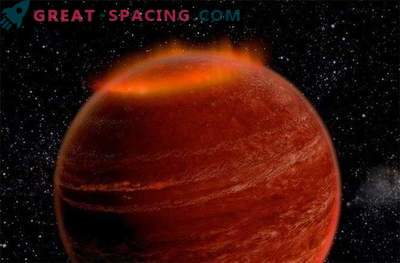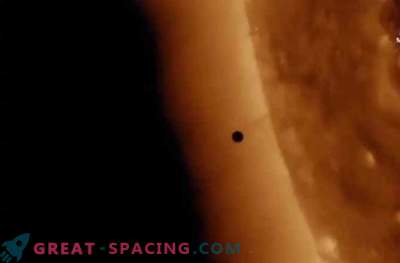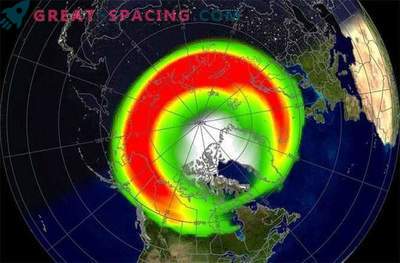
Usually, invisible and beautiful phenomena hide behind the bright rays of the visible spectrum of sunlight. So during the recent total solar eclipse, when the moon slowly closed the star closest to us, astronomers had a unique opportunity to capture these rare light effects. It was necessary to simply be in the right place at the right time.
It just so happened that this time it was Spitsbergen - one of the coldest and inhospitable places on the planet.
The photograph clearly shows thin white lines radiating from the Sun. This fascinating beauty is a display of the magnetic structure of the sun's crown, which is usually hidden from our eyes for a brighter light. The picture was taken by a team of astronomers from the University of Hawaii led by Shadiya Hubbal. Scientists observed an eclipse from the city of Longyear (Svalbard Island).
The city is located far beyond the Arctic Circle, and on the way there a team of scientists called “Sherpas of the solar wind” overcame a twenty-degree frost risked meeting polar bears. But the result was worth all the effort.
Astronomers tracked the movement of iron ions in the corona - the atmosphere of the sun. To do this, they used two digital SLR cameras with special filters. With the help of the spectrograph, the researchers carried out complex and invaluable measurements of the parameters of the corona for modern science. So, for example, they with high accuracy determined the strength of the magnetic field in the atmosphere of a star. The results were presented by “Sherpas” on April 30 in Indianapolis at a thematic summit that takes place every three years.
Despite its remoteness and small size, Longyearbyen is one of the world's scientific centers. Scientists from all over the world come here to explore the unique flora, fauna, geology of the region. A lot of astrophysicists study here an unusual in its beauty phenomenon of the interaction of a magnetic field at the poles of the Earth and the radiation of the Sun - auroras.
On Spitsbergen Island, Ian O'Neill, a researcher at Discovery News and a member of the upcoming expedition to North America during the next eclipse in 2017, conducted research for his doctoral thesis. Interestingly, the scientific path of Ian is associated with the name of Shadii Hubbal: she was on the commission, which O'Neal handed over her dissertation. So, one can say, one small town in the icy edge, far from civilization, directly influenced the fate of many outstanding scientists of our time.
Details about the upcoming expedition are on the official website of the American Astronomical Society (AAS).











































